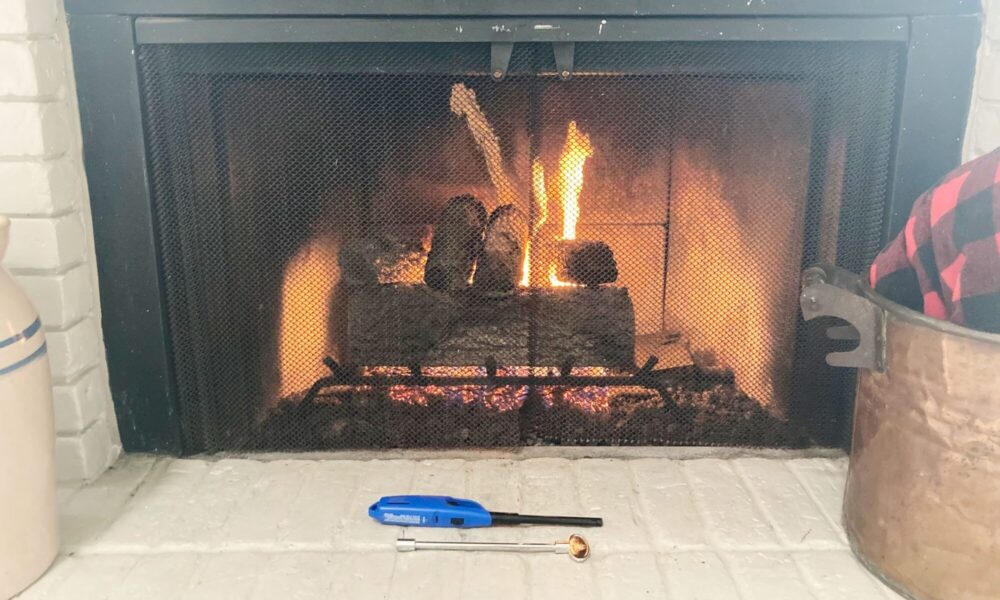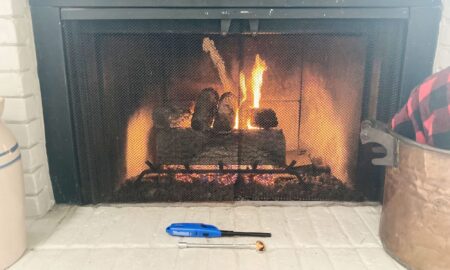Latest News
-

 10
10Floor and Wall Mirrors: Expanding Room Views
Table of Contents Introduction to Mirrors in Interior Design Historical Perspective of Mirror Usage The Science Behind Mirror Reflections Types of Mirrors...
-
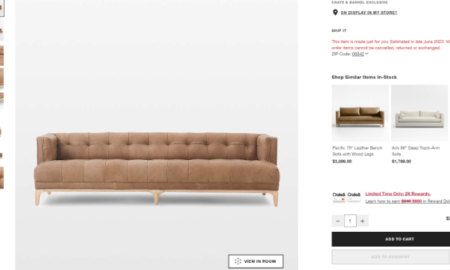
 10
10How an Ecommerce Product Configurator Is Transforming PropTech and Digital Real Estate
Introduction: The Digital Shift in Property-Related Commerce As real estate continues its digital evolution, consumers now expect the same customization, interactivity,...
-

 11
11Why More Startups Are Automating Their HR Processes in 2025
moving faster than ever. With lean teams, remote workforces, and aggressive growth goals, manual HR management no longer fits the modern startup...
-
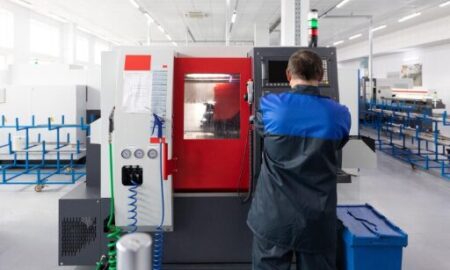
 12
12How to Find Reliable China CNC Machining Suppliers
As global demand for precision-engineered components continues to grow, many businesses are turning to CNC machining in China to reduce costs, accelerate...
-

 9
9Storm Damage Cleanup Made Easy: A Step-by-Step Plan for Safe and Swift Recovery
Introduction: Understanding the Urgency of Storm Damage Cleanup Storms can unleash devastating effects on homes and businesses, leaving behind destruction that ranges...
-

 11
11Discover a New Way to Watch TV in Sweden
TV is evolving—and fast. As more Swedes demand better content, better quality, and more flexibility, bästa IPTV services have become the go-to...
-

 14
14How a Houston Drug Crime Defense Attorney Handles Evidence Against You
In Texas, facing criminal charges can be overwhelming, especially when evidence is stacked against you. An experienced criminal attorney specializing in drug...
-

 13
13Top Live Casino Games in the UK
The UK’s online gambling scene has evolved massively over the last few years, with live casino games quickly rising to the top...
-

 17
17Foreign Interference? Outrage as Israel and Its Lobbyists Attempt to Cancel Free Speech Summit in Australia
Accusations of direct foreign interference are erupting across Australian independent media and public forums after it was revealed that Israel and associated...
-
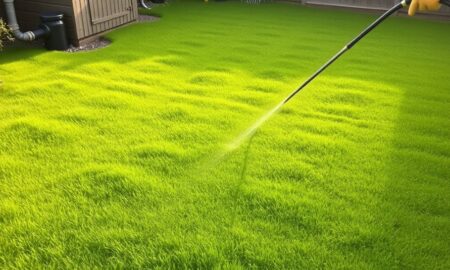
 12
12Some Tips To Help To Get Your Lawn Looking Lush
When you want to cultivate a lush, green, and vibrant-looking lawn, like with most things, it will take some planning and time...
-

 22
22The Role of AI in Custom Software Development: How AI Development Companies in India Are Changing the Game
The Role of AI in Custom Software Development: How AI Development Companies in India Are Changing the Game Custom software isn’t all...
-

 18
18The New Frontier of Global Commerce: Seamlessly Integrated Payments
In today’s global market, businesses are no longer bound by where they are located. It’s common to buy products from Asia, sell...
-

 13
13Replica Versus Authentic Bags-What You Need to Know
In the vibrant world of fashion, the debate between choosing replica bags and authentic luxury goods is ever-present. While genuine designer pieces...
-

 16
16How Heathridge Partners Tokyo Japan Supports the Next Generation in Managing Competing Financial Priorities
Some investors face three generations of financial responsibility like supporting children, caring for aging parents, and their own long-term goals, such as...
-
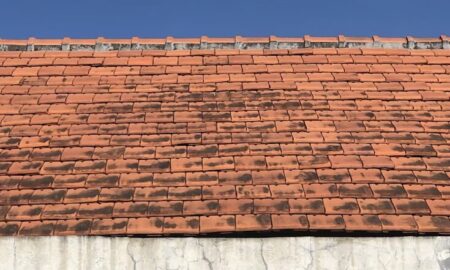
 14
14What Every Homeowner Should Know About Identifying Roofing Problems Early
Your roof often does its work without drawing attention. Shielding your home from weather, regulating temperature, and adding curb appeal, its role...
-

 18
18From Spreadsheets to Strategy: How Anna Chekashova is Reimagining FP&A in the Age of Digital Finance
A finance leader with over 15 years of experience shares how she helped companies in oil, telecom, and gaming use numbers not...
-

 18
18Diyorjon Holkuziev saves $200,000 annually through DevOps automation framework
DevOps engineer reveals practical methods that cut deployment time by 70% and enabled multi-state business expansion The DevOps market is expected to...
-

 33
332025’s Most Innovative Marketing Agencies
The digital marketing world evolves fast—but a few agencies stand out not just for keeping up, but for setting the pace. In...

